Tag: Nokia Eve
Nokia Eve vs. Vivo V40: 200MP Cameras, 8700mAh Battery!
Let’s compare the powerhouse Nokia Eve vs. Vivo V40! With a 200MP camera and an 8700mAh battery, can Nokia Eve outshine Vivo’s contender?
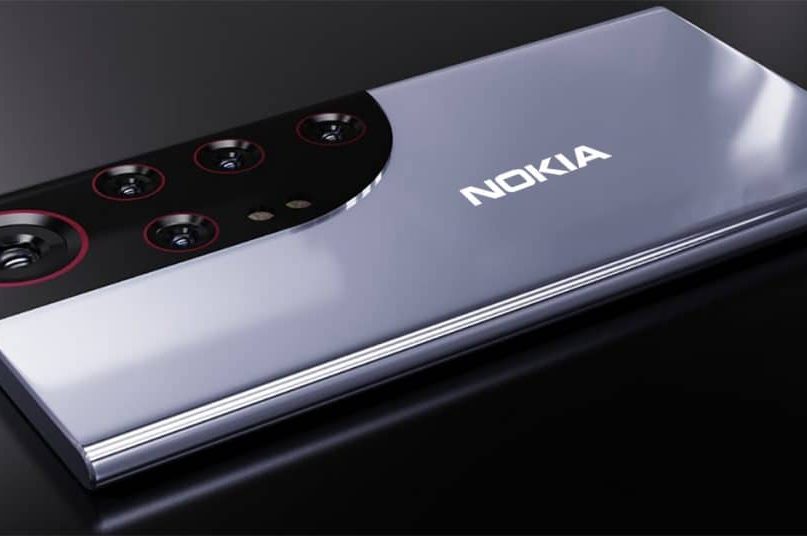
Nokia Eve vs. Vivo V40 Specs
Both smartphones bring impressive features, but which one offers a better overall experience? Let’s start with the display. The Nokia Eve boasts a 6.9-inch Super AMOLED panel with 4K resolution and a 120Hz refresh rate, delivering ultra-smooth visuals. Meanwhile, the Vivo V40 features a 6.78-inch LTPO AMOLED screen with 1080 x 2400 pixels resolution. With sharper details and higher clarity, the Nokia flagship takes the lead in this round.
Under the hood, Nokia Eve runs on the Qualcomm Snapdragon 8 Gen 3 chipset, ensuring top-tier performance. On the other hand, Vivo V40 relies on the Qualcomm Snapdragon 7+ Gen 3 processor. While both devices operate on Android 15, Nokia’s superior chipset gives it an edge in speed and efficiency. In terms of storage, Nokia Eve provides multiple configurations: 12GB/16GB RAM with 256GB/512GB/1TB of internal storage.
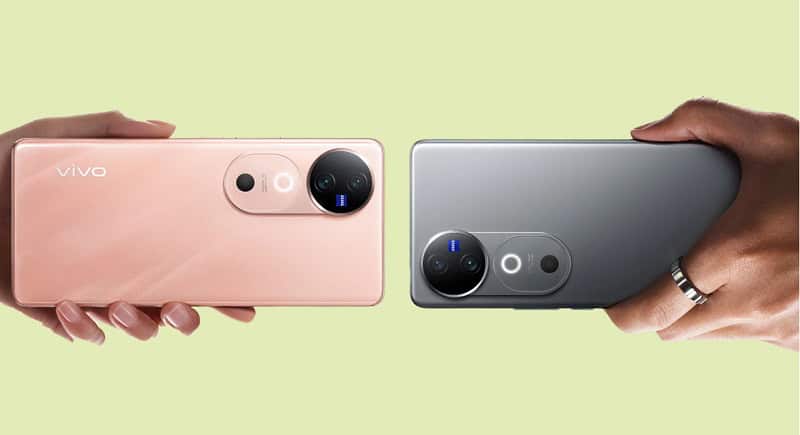
Plus, it supports expandable storage up to 1TB. In contrast, Vivo V40 offers 12GB/256GB and 16GB/512GB variants but lacks a microSD card slot. Clearly, Nokia Eve dominates in storage capacity. Now, let’s talk about cameras. Nokia Eve features a quad-camera setup, including a 200MP primary sensor, 32MP ultra-wide lens, 8MP depth sensor, and an 8MP macro shooter. For selfies, it sports a 64MP front-facing camera. Meanwhile, the Vivo V40 houses a triple-lens system, consisting of a 50MP main sensor, 32MP telephoto lens, and a 13MP ultra-wide shooter. It also packs a 32MP selfie camera. With a higher resolution and more advanced optics, Nokia Eve takes another win. Powering these devices, the Nokia Eve carries a massive 8700mAh battery, ensuring long-lasting usage. In comparison, the Vivo V40 includes a 5000mAh battery, which, while decent, falls short of Nokia’s capacity. If battery life is a priority, Nokia Eve is the better choice.
Nokia Eve vs. Vivo V40 Release Date and Price
The Nokia Eve is expected to launch in the next quarter of 2025, while the Vivo V40 should hit the market soon. As for pricing, Nokia Eve starts at $299 ~Rs. 24,990, while Vivo V40 is slightly more affordable at $249 ~Rs. 20,790. Which smartphone would you choose? Drop a comment and share your thoughts!
Nokia Eve vs. OnePlus Nord 4 Pro: 200MP Cameras, 7500mAh Battery!
Welcome to the battle between two beasts: Nokia Eve vs. OnePlus Nord 4 Pro with 200MP cameras and a 7500mAh Battery. Take a tour!
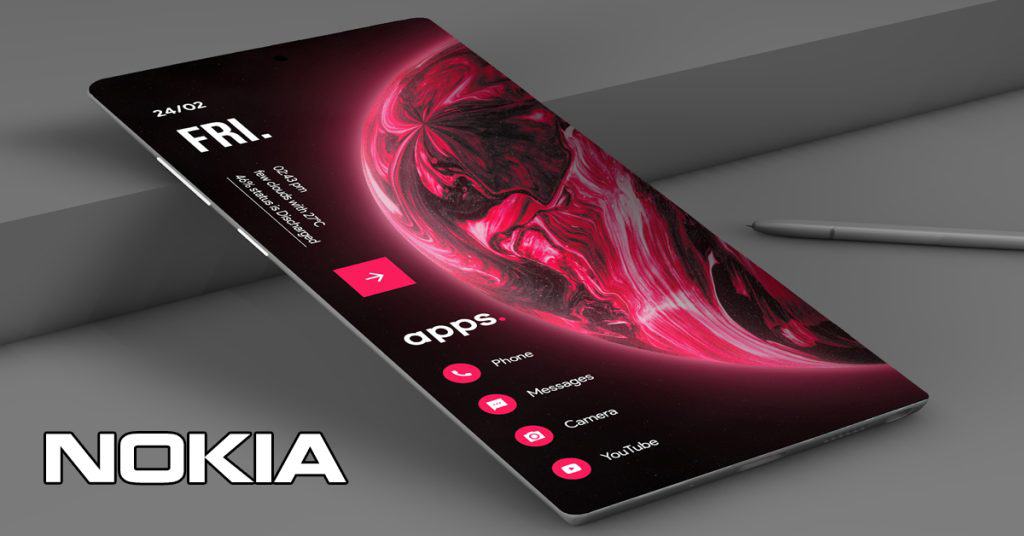
Nokia Eve vs OnePlus Nord 4 Pro specs
Nokia Eve hits the market with premium specs. Meanwhile, the OnePlus Nord 4 Pro has a great camera system and gorgeous design. In detail, the Nokia handset uses the Qualcomm Snapdragon 8 Gen 2 chipset. Besides, the OnePlus phone runs on the Qualcomm Snapdragon 8 Gen 2 chipset. With the same robust hardware, each team gets one point in the first round.
As for the operating system, both handsets run on the Android 14 version. About the display, the Nokia Eve specs flaunt a 6.8-inch Super AMOLED with 4K resolution and 120Hz refresh rate. Furthermore, OnePlus Nord 4 Pro specs offer a 6.72-inch AMOLED with a 1440 x 3200 pixels resolution. As a result, the Nokia device comes first in this round with a higher screen size. How about the memory system?
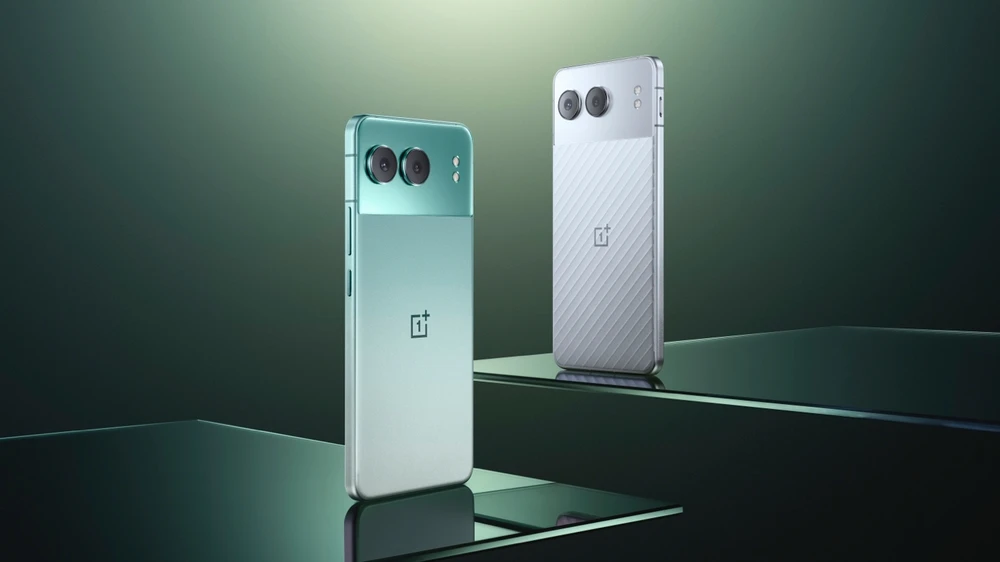
The Nokia phone sports 8GB/ 12GB/ 16GB RAM and 128GB/ 256GB/ 512GB of internal storage, which can be expandable up to 1TB via a microSD card slot. In contrast, this OnePlus smartphone arrives with 8GB/ 12GB of RAM. Also, this phone offers 256GB/ 512GB of internal storage (no card slot). As for the optics department, the Nokia Eve cameras offer a quad 200MP primary sensor + 50MP telephoto + 16MP ultra-wide shooter + 5MP macro snapper with dual LED streak and a single 32MP lens for capturing selfies. Otherwise, the OnePlus Nord 4 Pro cameras offer a triple 50MP primary lens + 2MP depth sensor + 2MP macro snapper on the back. Additionally, there is a single 32MP selfie shooter. Battery-wise, the Nokia phone arrives with a 7500mAh energy box, while the other figure is a smaller 5500mAh energy box with 68W fast charging support. Hence, the Nokia team won the last round with a massive battery and a higher-resolution camera.
Nokia Eve vs. OnePlus Nord 4 Pro release date and price
The Nokia Eve release date should fall in the upcoming months. In addition, the OnePlus Nord 4 Pro release date might happen soon. About the cost, the Nokia Eve price falls at $199 ~ Rs. 17,532. Besides, the OnePlus Nord 4 Pro price starts around $342 ~ Rs. 28,488. Which one do you prefer? Let us know in the section below!
Nokia Eve vs. Vivo iQOO 13: 200MP Cameras, 7500mAh Battery!
Welcome to the battle between two beasts: Nokia Eve vs. Vivo iQOO 13 with 200MP cameras and a 7500mAh Battery. Take a tour!

Nokia Eve vs Vivo iQOO 13 specs
Nokia Eve hits the market with premium specs. Meanwhile, the Vivo iQOO 13 has a great camera system and gorgeous design. In detail, the Nokia handset uses the Qualcomm Snapdragon 8 Gen 2 chipset. Besides, the Vivo phone runs on the Qualcomm Snapdragon 8 Gen 2 chipset. With the same robust hardware, each team gets one point in the first round.
As for the operating system, both handsets run on the Android 14 version. About the display, the Nokia Eve specs flaunt a 6.8-inch Super AMOLED with 4K resolution and 120Hz refresh rate. Furthermore, Vivo iQOO 13 specs offer a 6.72-inch AMOLED with a 1440 x 3200 pixels resolution. As a result, the Nokia device comes first in this round with a higher screen size. How about the memory system?
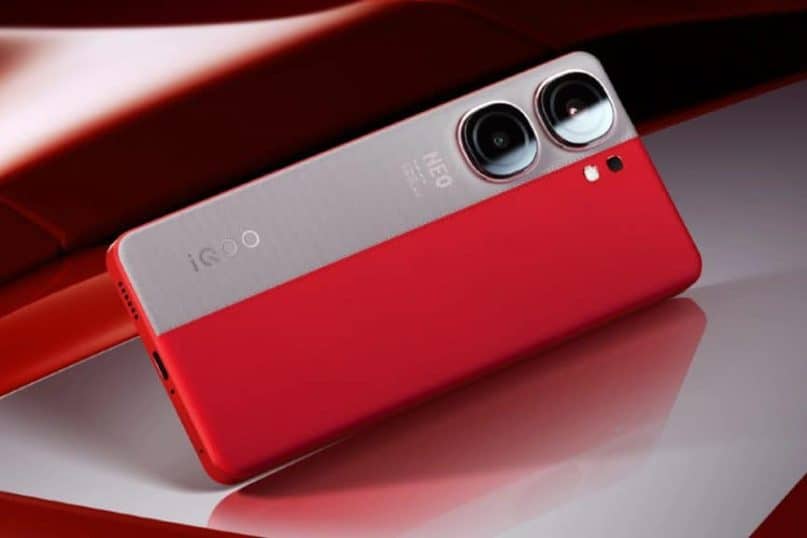
The Nokia phone sports 8GB/ 12GB/ 16GB RAM and 128GB/ 256GB/ 512GB of internal storage, which can be expandable up to 1TB via a microSD card slot. In contrast, this Vivo smartphone arrives with 8GB/ 12GB of RAM. Also, this phone offers 256GB/ 512GB of internal storage (no card slot). As for the optics department, the Nokia Eve cameras offer a quad 200MP primary sensor + 50MP telephoto + 16MP ultra-wide shooter + 5MP macro snapper with dual LED streak and a single 32MP lens for capturing selfies. Otherwise, the Vivo iQOO 13 cameras offer a triple 50MP primary lens + 2MP depth sensor + 2MP macro snapper on the back. Additionally, there is a single 32MP selfie shooter. Battery-wise, the Nokia phone arrives with a 7500mAh energy box, while the other figure is a smaller 5500mAh energy box with 68W fast charging support. Hence, the Nokia team won the last round with a massive battery and a higher-resolution camera.
Nokia Eve vs. Vivo iQOO 13 release date and price
The Nokia Eve release date should fall in the upcoming months. In addition, the Vivo iQOO 13 release date might happen soon. About the cost, the Nokia Eve price falls at $199 ~ Rs. 17,532. Besides, the Vivo iQOO 13 price starts around $342 ~ Rs. 28,488. Which one do you prefer? Let us know in the section below!
Nokia Eve vs. Cubot KingKong ES: 16GB RAM, 200MP Cameras!
Welcome to the battle between two beasts: Nokia Eve vs. Cubot KingKong ES, which has 16GB RAM and 200MP cameras. Take a tour!
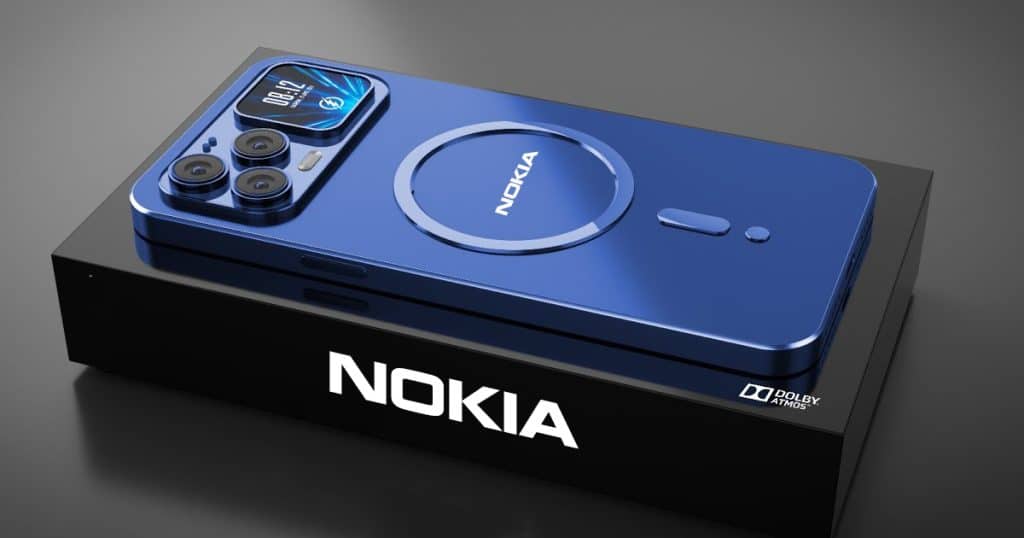
Nokia Eve vs. Cubot KingKong ES specs
Nokia Eve hits the market with premium specs. Meanwhile, the Cubot KingKong ES has a great camera system and gorgeous design. In detail, the Nokia handset uses the Qualcomm Snapdragon 8 Gen 2 chipset. Besides, the Cubot phone runs on the Qualcomm Snapdragon 8 Gen 2 chipset. With the same robust hardware, each team gets one point in the first round.
As for the operating system, both handsets run on the Android 14 version. About the display, the Nokia Eve specs flaunt a 6.8-inch Super AMOLED with 4K resolution and 120Hz refresh rate. Furthermore, Cubot KingKong ES specs offer a 6.56-inch IPS LCD with a 720 x 1612 pixels resolution. As a result, the Nokia device comes first in this round with a higher screen size. How about the memory system?

The Nokia phone sports 8GB/ 12GB/ 16GB RAM and 128GB/ 256GB/ 512GB of internal storage, which can be expandable up to 1TB via a microSD card slot. In contrast, this Cubot smartphone arrives with 6GB of RAM. Also, this phone offers 128GB of internal storage (no card slot). As for the optics department, the Nokia Eve cameras offer a quad 200MP primary sensor + 50MP telephoto + 16MP ultra-wide shooter + 5MP macro snapper with dual LED streak and a single 32MP lens for capturing selfies. Otherwise, the Cubot KingKong ES cameras offer a dual 48MP primary lens + 2MP macro snapper on the back. Additionally, there is a single 16MP selfie shooter. Battery-wise, the Nokia phone arrives with a 7500mAh energy box, while the other figure is a smaller 5100mAh energy box with 68W fast charging support. Hence, the Nokia team won the last round with a massive battery and a higher-resolution camera.
Nokia Eve vs. Cubot KingKong ES release date and price
The Nokia Eve release date should fall in the upcoming months. In addition, the Cubot KingKong ES release date occurred in August 2024. About the cost, the Nokia Eve price falls at $199 ~ Rs. 17,532. Besides, the Cubot KingKong ES price starts around $342 ~ Rs. 28,488. Which one do you prefer? Let us know in the section below!
Nokia Eve vs. iQOO Neo 9 Pro: 200MP Cameras, 7500mAh Battery!
Welcome to the battle between two beasts: Nokia Eve vs. iQOO Neo 9 Pro with 200MP cameras and a 7500mAh Battery. Take a tour!

Nokia Eve vs iQOO Neo 9 Pro specs
Nokia Eve hits the market with premium specs. Meanwhile, the iQOO Neo 9 Pro has a great camera system and gorgeous design. In detail, the Nokia handset uses the Qualcomm Snapdragon 8 Gen 2 chipset. Besides, the Vivo phone runs on the Qualcomm Snapdragon 8 Gen 2 chipset. With the same robust hardware, each team gets one point in the first round.
As for the operating system, both handsets run on the Android 14 version. About the display, the Nokia Eve specs flaunt a 6.8-inch Super AMOLED with 4K resolution and 120Hz refresh rate. Furthermore, iQOO Neo 9 Pro specs offer a 6.72-inch AMOLED with a 1440 x 3200 pixels resolution. As a result, the Nokia device comes first in this round with a higher screen size. How about the memory system?

The Nokia phone sports 8GB/ 12GB/ 16GB RAM and 128GB/ 256GB/ 512GB of internal storage, which can be expandable up to 1TB via a microSD card slot. In contrast, this Vivo smartphone arrives with 8GB/ 12GB of RAM. Also, this phone offers 256GB/ 512GB of internal storage (no card slot). As for the optics department, the Nokia Eve cameras offer a quad 200MP primary sensor + 50MP telephoto + 16MP ultra-wide shooter + 5MP macro snapper with dual LED streak and a single 32MP lens for capturing selfies. Otherwise, the iQOO Neo 9 Pro cameras offer a triple 50MP primary lens + 2MP depth sensor + 2MP macro snapper on the back. Additionally, there is a single 32MP selfie shooter. Battery-wise, the Nokia phone arrives with a 7500mAh energy box, while the other figure is a smaller 5500mAh energy box with 68W fast charging support. Hence, the Nokia team won the last round with a massive battery and a higher-resolution camera.
Nokia Eve vs. iQOO Neo 9 Pro release date and price
The Nokia Eve release date should fall in the upcoming months. In addition, the iQOO Neo 9 Pro release date might happen soon. About the cost, the Nokia Eve price falls at $199 ~ Rs. 17,532. Besides, the iQOO Neo 9 Pro price starts around $342 ~ Rs. 28,488. Which one do you prefer? Let us know in the section below!
